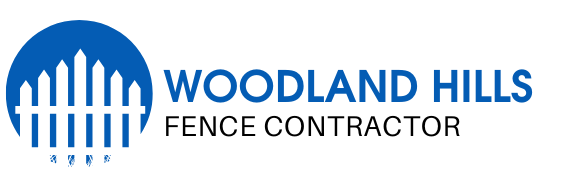Fence Maintenance Basics
When it comes to fence maintenance, staying proactive is key to preserving the integrity and longevity of your fence. Regular inspections play a vital role in identifying and addressing potential issues before they escalate, ensuring that your fence remains secure and visually appealing.
Importance of Regular Inspections
Routine inspections are highly recommended, typically at least once or twice a year, to assess the condition of your fence. Wooden fences usually require more frequent inspections compared to metal fences due to their susceptibility to rot and insect damage. Additionally, after high wind events or storms, immediate inspections are advised to check for any damage that may have occurred (Acosta Fence).
Regular inspections allow you to detect early signs of wear and tear, ensuring that any necessary repairs are promptly addressed. Common issues to watch out for include warping, rotting, rusting, cracks, and holes. By identifying these problems early on, you can take corrective action to prevent further damage and extend the lifespan of your fence.
Common Fence Damage Signs
Understanding the common signs of fence damage is essential for effective maintenance. Adverse weather conditions such as heavy rain, snow, excessive heat, and strong winds can cause wear and tear, leading to issues like warping, rotting, fading paint, cracking, or splitting of materials. Different fence materials respond differently to weather conditions, emphasizing the importance of regular inspections and preventative maintenance.
Some indicators of fence damage to look out for during inspections include:
- Wear and tear on the structure or surface.
- Loose boards or panels.
- Rotting wood or posts.
- Rust spots on metal fences.
- Leaning or unstable posts.
- Damage caused by weather elements or pests.
By being diligent in your inspections and promptly addressing any signs of damage, you can keep your fence in optimal condition, enhancing both its performance and visual appeal. Regular maintenance not only ensures the protection of your property but also prolongs the life of your fence, saving you time and money in the long run.
Techniques for Longevity
When it comes to ensuring the longevity and performance of your fence, incorporating effective maintenance strategies is key. By implementing preventative maintenance tips and addressing issues like rot and insect damage in a timely manner, you can significantly extend the lifespan of your fence.
Preventative Maintenance Tips
To preserve your fence and prevent future damage, it’s essential to conduct regular inspections to check for wear and tear, rot, insect infestations, and loose boards. By addressing any issues promptly, you can mitigate potential damage and maintain the structural integrity of your fence.
Additionally, implementing proactive measures such as trimming vegetation that grows too close to the fence, cleaning and staining the fence regularly, and protecting it against moisture can help prevent deterioration over time. These preventive steps are crucial in enhancing the durability and appearance of your fence, reducing the need for costly repairs in the future.
Regular inspections are recommended at least once or twice a year for outdoor fence maintenance. Wooden fences generally require more frequent inspections compared to metal fences due to their susceptibility to rot and insect damage. After severe weather events, such as storms or high winds, immediate inspections are advised to assess and address any damage promptly.
Repairing Rot and Insect Damage
Different fencing materials have unique maintenance requirements, with wooden fences often requiring more care compared to vinyl or metal fences. For wooden fences, regular maintenance tasks may include painting, sealing, and replacing broken or rotting parts to prevent further deterioration. On the other hand, vinyl fences typically require less maintenance, while metal fences may only need occasional rinsing and rust checks.
When it comes to addressing rot and insect damage, immediate action is necessary to prevent further structural issues. Regular inspection and prompt repairs are crucial steps in enhancing fence performance. Depending on the material and climatic conditions in your area, the frequency and extent of maintenance may vary, so it’s important to tailor your maintenance efforts to suit the specific needs of your fence.
By following these preventative maintenance tips and staying proactive in addressing issues like rot and insect damage, you can optimize the longevity and performance of your fence. Regular care and timely repairs not only prolong the lifespan of your fence but also contribute to the overall aesthetics and security of your property. For a comprehensive guide on fence maintenance, refer to our fence maintenance checklist.
